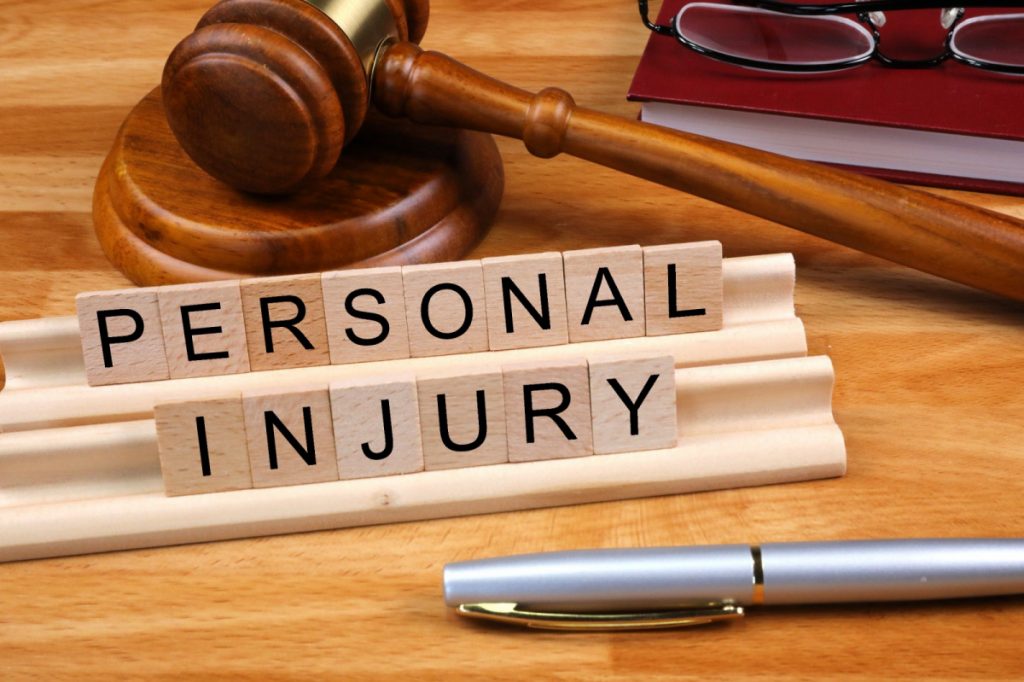Now Reading: The Role Of Vocational Rehabilitation In Injury Recovery And Employment Transition
-
01
The Role Of Vocational Rehabilitation In Injury Recovery And Employment Transition

The Role Of Vocational Rehabilitation In Injury Recovery And Employment Transition
Workplace injuries can derail careers and affect long-term earning potential. Recovery involves more than just physical healing—it often includes rebuilding a path to employment and financial stability. That’s where the Schmidt & Salita Law Team believes vocational rehabilitation becomes essential.
What Is Vocational Rehabilitation?
Vocational rehabilitation is a set of services designed to help injured workers return to suitable employment. These services may include career counseling, job training, resume assistance, and education. The goal is to restore the worker’s ability to earn a living, either in their previous role or a new one.
Minnesota law provides access to these programs under the workers’ compensation system. If an injury prevents someone from returning to their former job, vocational rehabilitation helps them transition back to work. It’s about finding meaningful work within the limits of their physical abilities.
In many cases, vocational rehabilitation includes a Qualified Rehabilitation Consultant (QRC). The QRC helps develop a rehabilitation plan, tracks progress, and supports the injured worker throughout the process. This partnership is a key part of a successful employment transition.
Why Vocational Rehabilitation Matters
Workplace injuries can be both physically and emotionally overwhelming. Injured workers often worry about job security, finances, and their future. Vocational rehabilitation provides a structured path forward.
Returning to work improves a person’s mental well-being and restores a sense of purpose. It also helps reduce the financial strain caused by lost wages. Having professional support makes the process less daunting and more successful.
In Minnesota, injured employees may be eligible for rehabilitation services even if they are unable to return to their original job. The system is designed to prioritize recovery and reemployment over disability and long-term unemployment. This focus helps individuals regain independence.
Minnesota’s Legal Framework For Vocational Rehabilitation
Minnesota’s workers’ compensation laws include strong protections for injured workers. One key element is access to vocational rehabilitation when necessary. The law ensures that employees who can’t return to their previous job are not left behind.
A QRC is typically assigned within a few weeks of the injury if ongoing job restrictions are in place. The QRC conducts a vocational assessment and works with the employee and employer. Together, they develop a plan that aligns with the worker’s abilities and the job market.
If a return to the previous job isn’t possible, the plan may include retraining or schooling. Minnesota law supports this by allowing vocational rehabilitation benefits to cover tuition, job placement services, and related costs. The system is built to encourage realistic, long-term employment outcomes.
Common Services Offered
Vocational rehabilitation covers a range of personalized services. These can vary depending on the severity of the injury and the individual’s background. Every plan is customized to support a smooth transition back into the workforce.
Typical services include skills assessments and labor market analysis. These help determine what types of jobs are available and suitable. Job coaching, resume building, and interview training are also common.
In some cases, injured workers receive tuition assistance to pursue a new career path. This could mean earning a certification or degree in a field that matches their new physical capabilities. The goal is always sustainable, gainful employment.
Challenges Injured Workers May Face
Even with support, the road to reemployment is not always easy. Injured workers may experience physical limitations, reduced confidence, or anxiety about the changes that have occurred as a result of their injury. These challenges can complicate the return-to-work process.
There may also be disputes about whether vocational rehabilitation is needed. Some employers or insurers may resist certain services or dispute eligibility. Legal support can help resolve these issues and ensure fair treatment.
That’s why it’s essential to work with professionals who are familiar with Minnesota’s workers’ compensation system. A QRC, combined with an experienced legal team, can advocate for the worker’s rights and help secure necessary benefits.
Conclusion
Vocational rehabilitation plays a critical role in helping injured workers move forward. It offers structure, support, and hope during challenging times. The Schmidt & Salita Law Team is here to ensure you don’t face that journey alone. With the right help, returning to work is possible—even after serious injuries. Don’t settle for uncertainty when support is available. Let your recovery lead to a new beginning.










